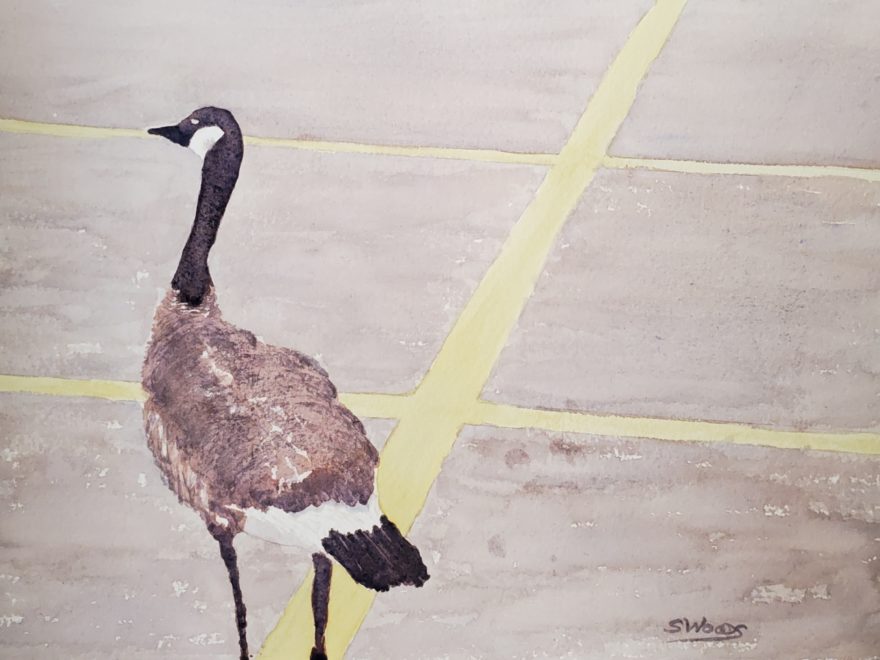My husband and I are still living out of boxes in our basement, during our long-awaited home renovation, so I haven’t been able to post much in the past few weeks. Sorry about that… a typically Canadian response, I know ‘-) As I write this, I have the laptop balanced on top of a toaster which is sitting on a portable kitchen cart in our garage. It’s not the best of locations, but I’ve given up on trying to write an entire blog post using only my cell phone. With only one hand, because my right hand and arm are affected by a rare disease called Complex Regional Pain Syndrome (CRPS), it simply takes too long.
It’s been a busy period, not only in terms of our home renovation, so I wanted to give you a bit of an update on what I’ve been up to in bioethics, chronic pain, and the arts. In case you’re a new visitor to the blog and find this to be an odd mix of topics, I’ve included a bit of a summary of how I got to this point.
I’m an artist in my mid-50s, with a background in healthcare and clinical research (bioethics), now living with high-impact chronic pain, a mild cognitive impairment, and numerous other symptoms from a rare autoimmune and neuro-inflammatory condition with which I was struck in 2016. I was also an Air Force Reserve officer many years ago, and have retained strong ties to Canada’s military and veterans who are disproportionately affected by medical conditions including chronic pain.
My background – From bioethics to arts and healthcare improvement
After being diagnosed with a rare chronic pain condition (CRPS) in mid-2016, I quickly found myself applying my bioethics knowledge and experience to support other chronic pain patients one-on-one. Because of my work with healthcare professionals, I also became involved in healthcare education, research, and quality improvement projects across Canada – as a Patient Partner.
In just the past month, I’ve presented in-person to over 60 medical students at McGill University and virtually to almost 70 students in occupational therapy, pharmacology, and physiotherapy as part of an inter-faculty pain management course at the University of Alberta. Note to all of these students: As I said at the start of my talks, “Thank you all so much for choosing careers in healthcare – on behalf of patients across the country, we need you – and we appreciate you!”
Also this month I helped a PhD candidate and a PhD student prepare for their presentations by providing a patient perspective. One is on Trauma-Informed Care in chronic pain treatment, while the other focuses more on different self-management techniques that patients can use to help deal with their pain. What else? I was selected for training to become a patient mentor under a new Chronic Pain Peer Mentorship Program (CPPMP), and joined the official ‘Twitter Team’ for the upcoming annual scientific meeting /conference of the Canadian Pain Society. I was part of this conference’s first-ever ‘Twitter Team’ back in 2018, so am really looking forward to doing this again as the meeting will be back in Montréal this year.
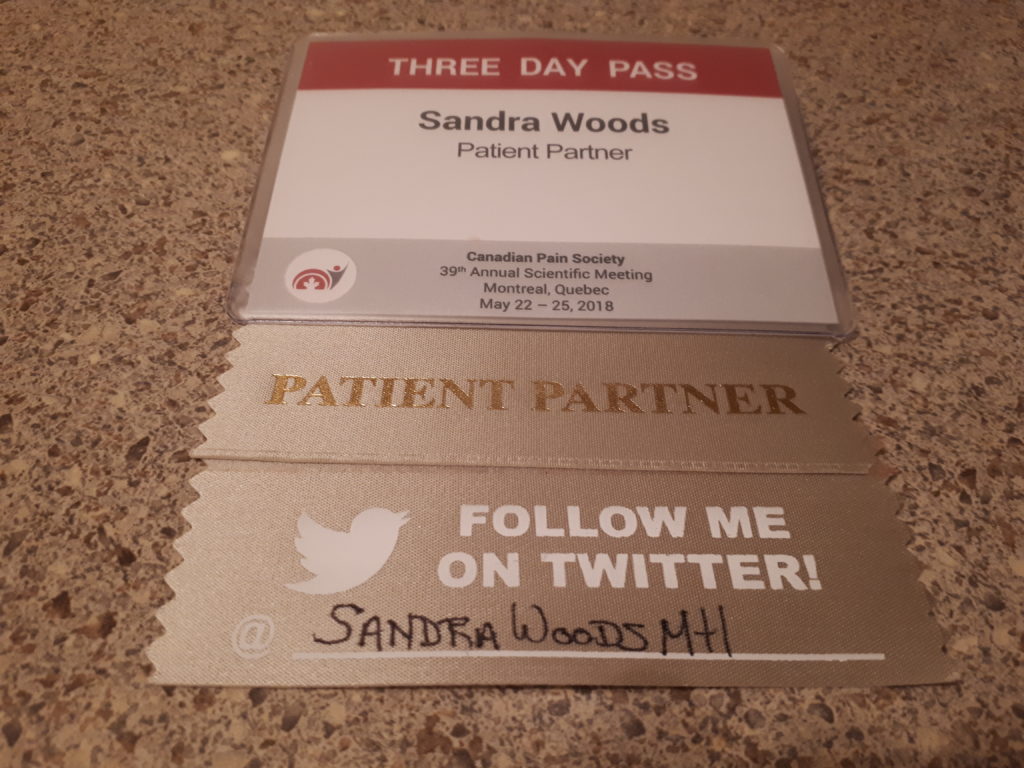
On the artistic side, last year one of my watercolour paintings won the inaugural art contest of the Canadian Pain Society in the ‘pain patient’ category while one of my photos placed second – with an Honourable Mention – in the national “State of the Forest” nature photography contest run by The Bateman Foundation. I also donated three watercolour paintings to health-related charities, for their fund-raising auctions; a local community hospital, a seniors’ health centre, and a women’s and children’s shelter and clinic.

So far this year, I’ve had 4 watercolour paintings in live exhibitions with another 2 scheduled for later this spring. Six of my watercolours have been featured in online exhibitions, with several others scheduled to appear in virtual shows this spring and summer.
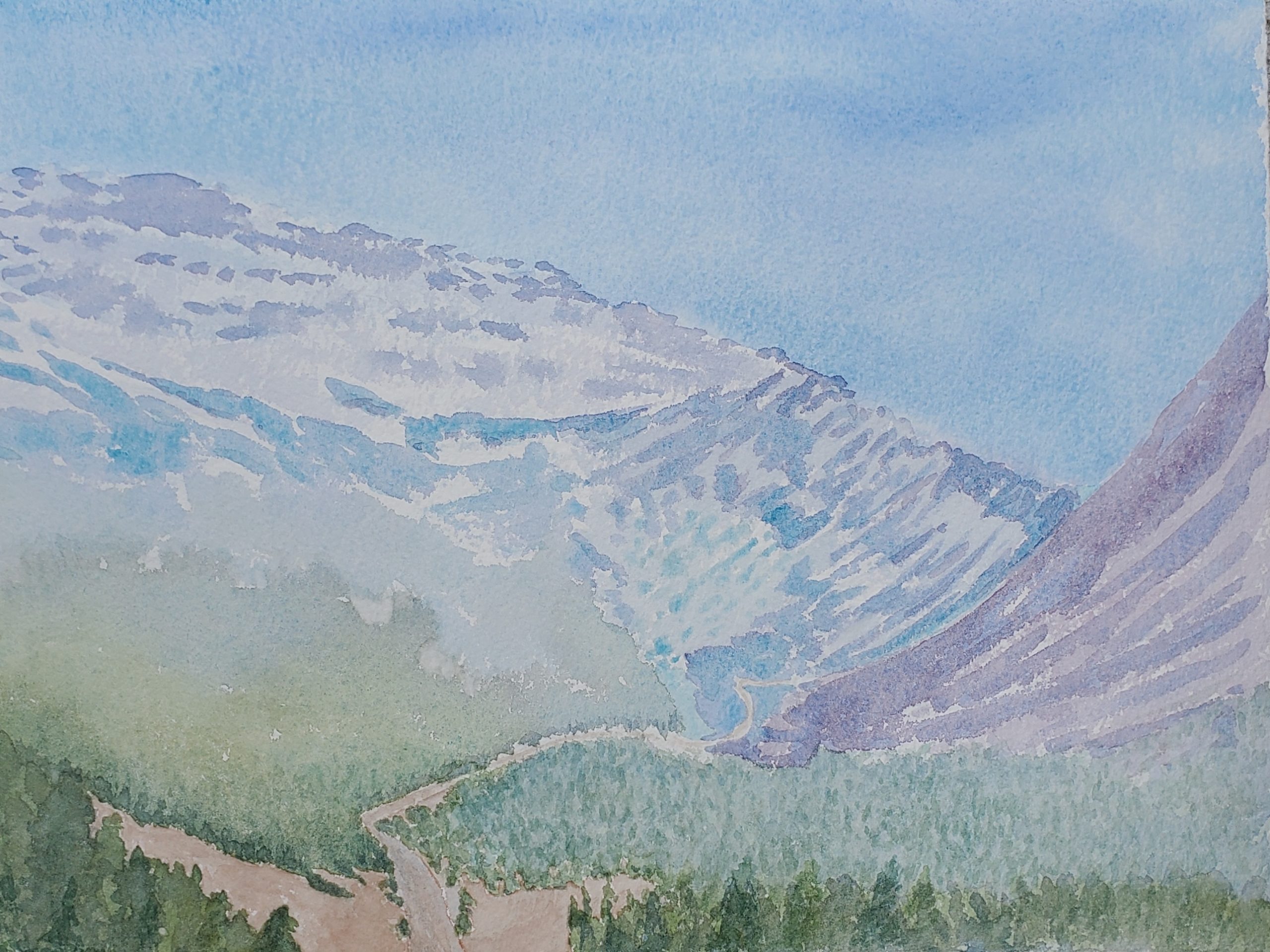
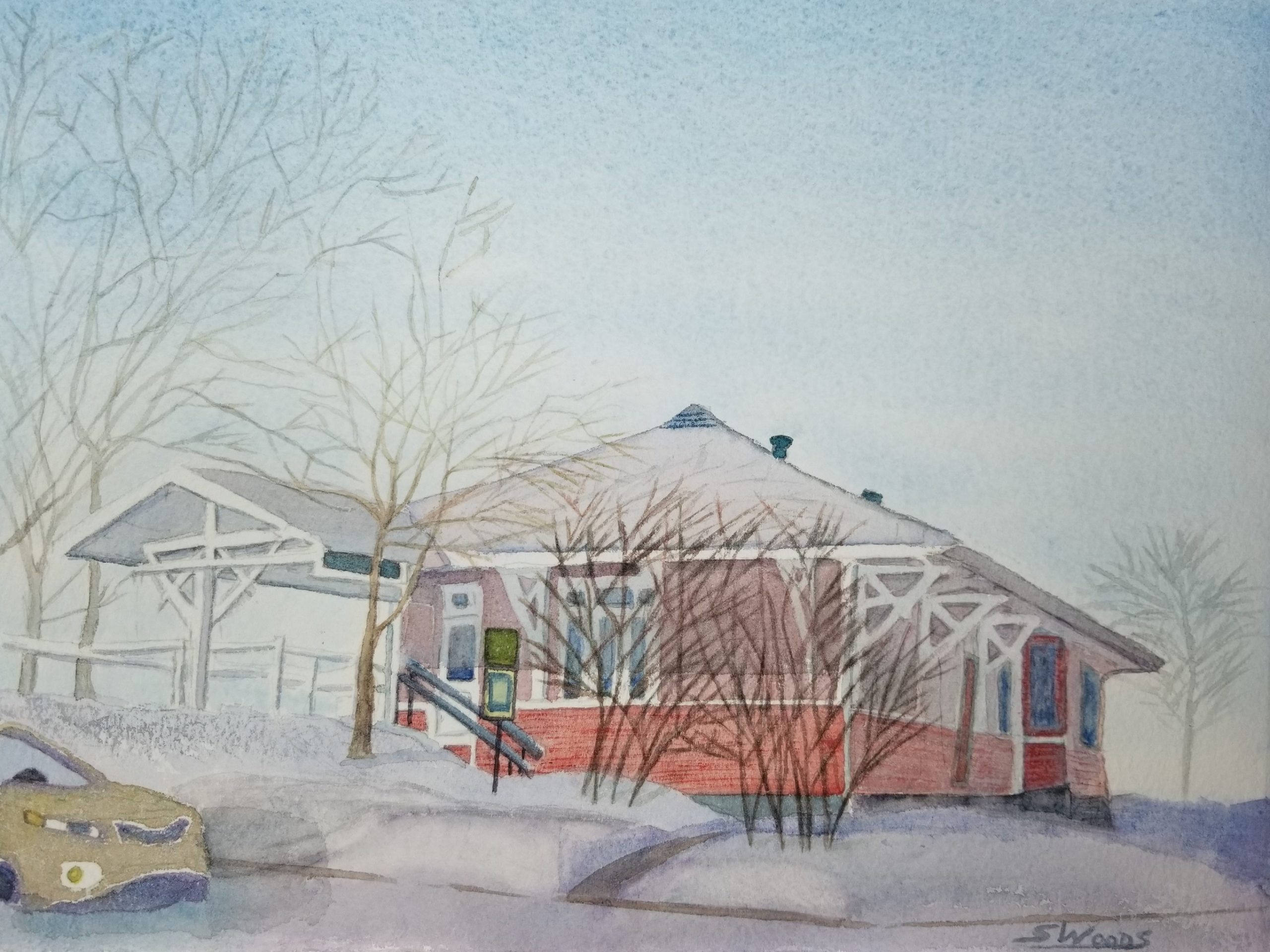
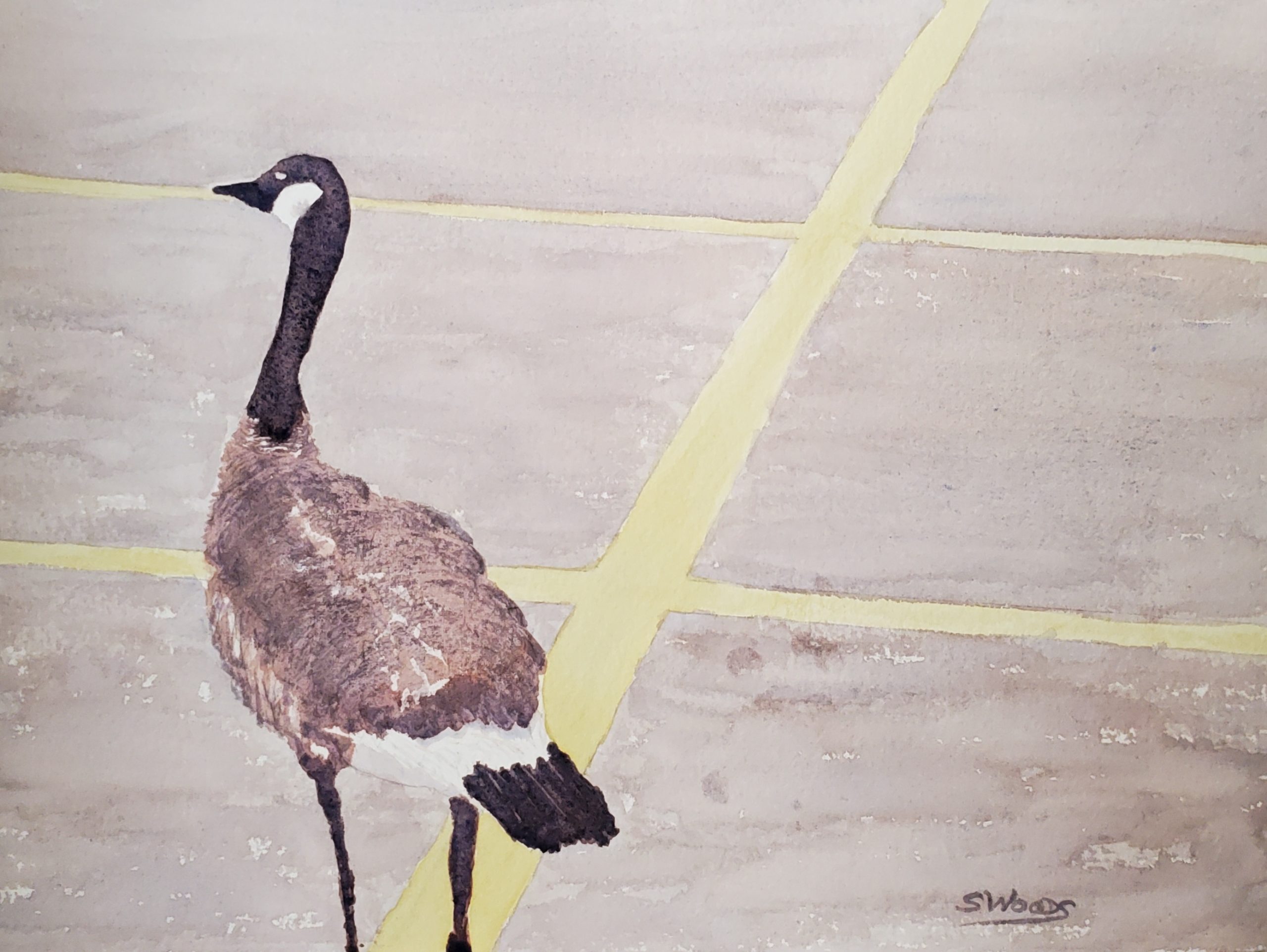
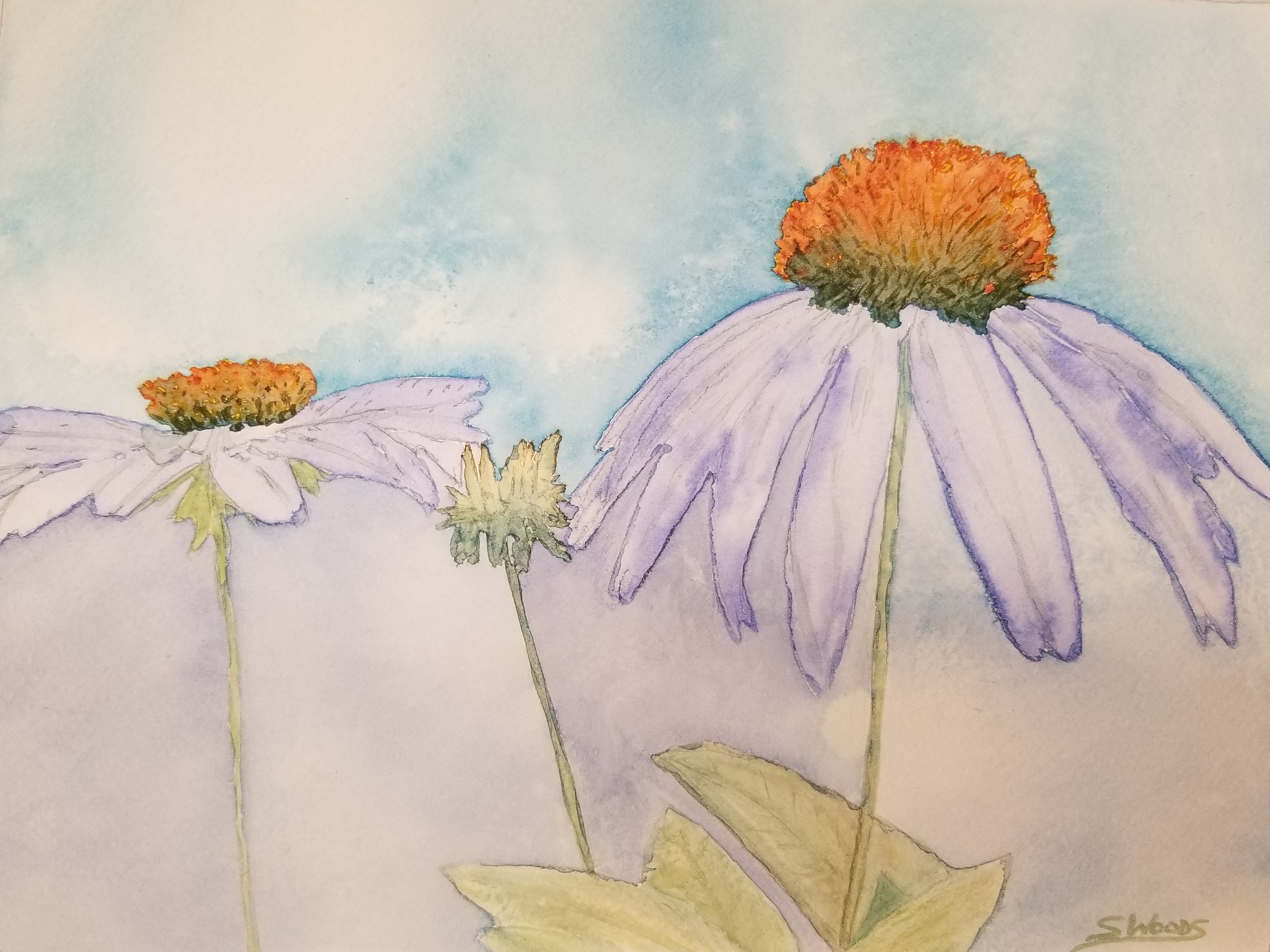
Using art for chronic pain awareness
I’ve been using my art to raise awareness of chronic pain – and of the rare disease CRPS – ever since my diagnosis in 2016. I used my entire Artist Statement – mounted on the wall beside one of my nature photos – in the 2018-2019 Journeys Through Health juried art exhibition here in Montréal, to raise awareness of both chronic pain and CRPS. Whenever I have the opportunity to write a text to accompany an artwork, or for an Artist’s Profile, I use this to raise awareness of CRPS and chronic pain.
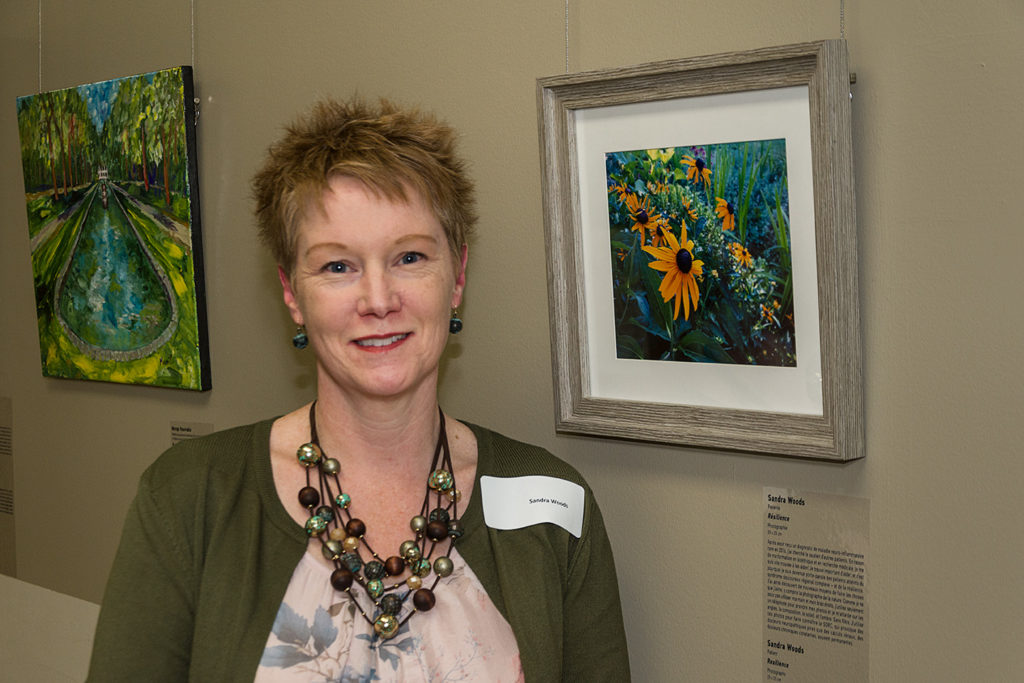
Although I used to do primarily nature photography, after my physicians and insurer declared my mild cognitive impairment to be permanent (as a ‘long-term disability’) – one of the many potential negative outcomes of Complex Regional Pain Syndrome – I began switching from photography to other creative arts as movement-therapy for my CRPS-affected right hand and arm. Last year I fell in love with watercolour painting, and am now focusing on this medium.
Art for the management of chronic pain and chronic illness
Not only do I use my art to raise awareness of pain and CRPS, I’m also a strong believer in the therapeutic effects of the arts for individual patients. Since 2019 I’ve been heavily involved, as a Patient Partner, in the “Play the Pain” project involving Concordia and McGill Universities in Montréal. We have several papers in print and in progress, and one was recently published in Frontiers in Psychiatry: “Play the Pain: A Digital Strategy for Play-Oriented Research and Action”.(1) This article noted that:
Creative arts therapies have long been offered to individuals with chronic pain to help reduce the psychosocial and emotional burden of chronic illnesses”. (1)
Khalili-Mahani N, Holowka E, Woods S, et al. Play the Pain: A Digital Strategy for Play-Oriented Research and Action. Front Psychiatry. 2021;12
In this vein, our live two-day Play the Pain drop-in event – in Montréal in 2019 – featured workshops in art therapy, creative writing, dance therapy, humour, music therapy, yoga, and more, interspersed with scientific presentations and opportunities to try other creative activities including games, puzzles, and virtual reality experiences.
My art practice is an important facet of my own pain and symptom management, along with diet modification, exercise, mindful meditation, visualization, and more. As you know, I also blog about my art and patient experiences and added an entire chronic pain and CRPS section to this site back in 2016. As a funny side note, I originally began blogging about bioethics back in 2007 – when blogging was so uncommon that I’d often be asked: “What’s a blob?”
Art and healthcare
Having already joined a number of local, national, and international arts organizations, last year I became a member of the (US) National Organization for Arts in Health (NOAH). I also began reading up on the arts in healthcare; bit-by-bit because my mild cognitive impairment makes it impossible for me to read (or write!) for more than an hour at a time. One fantastic resource was the 218-page book “Picture of Health: Handbook for Healthcare Art”, by Henry Domke, M.D. (2)
Another was the 133-page World Health Organization (WHO) “Health Evidence Network synthesis report 67”, entitled “What is the evidence on the role of the arts in improving health and well-being? A scoping review (2019)”. (3)
I’m not sure what’s around the corner for me, but I do know that our home renovations are scheduled to continue through to the end of April… so bear with me if I don’t post much more (again) over the upcoming weeks. I hope to get out onto my bicycle, with my bizarre-looking one-hand-on-the-bars riding style, but that will have to wait until all the snow and ice have melted off our roads.
In the meantime, stay safe, take care, and look after yourself. Like that old L’Oréal commercial, “Because you’re worth it”. Thanks so much for stopping by, and please feel free to reach out over on Instagram or Twitter with any comments. There’s no comment section here on the blog because it became too much for me to handle, because of my cognitive impairment; I had to disable it a couple of years ago, but I do still love to hear from you!
References
(1) Khalili-Mahani N, Holowka E, Woods S, et al. Play the Pain: A Digital Strategy for Play-Oriented Research and Action. Front Psychiatry. 2021;12:746477. Published 2021 Dec 15. doi:10.3389/fpsyt.2021.746477. Accessed 02 Apr 2022:
https://www.ncbi.nlm.nih.gov/pmc/articles/PMC8714795/
(3) Henry Domke, M.D. Picture of Health: Handbook for Healthcare Art. Henry Domke Fine Art. Missouri, USA. 2009.
(3) Daisy Fancourt and Saoirse Finn. What is the evidence on the role of the arts in improving health and well-being? A scoping review (2019). World Health Organization (WHO), Health Evidence Network synthesis report 67. 133 pages. Copenhagen, Denmark. 2019.

